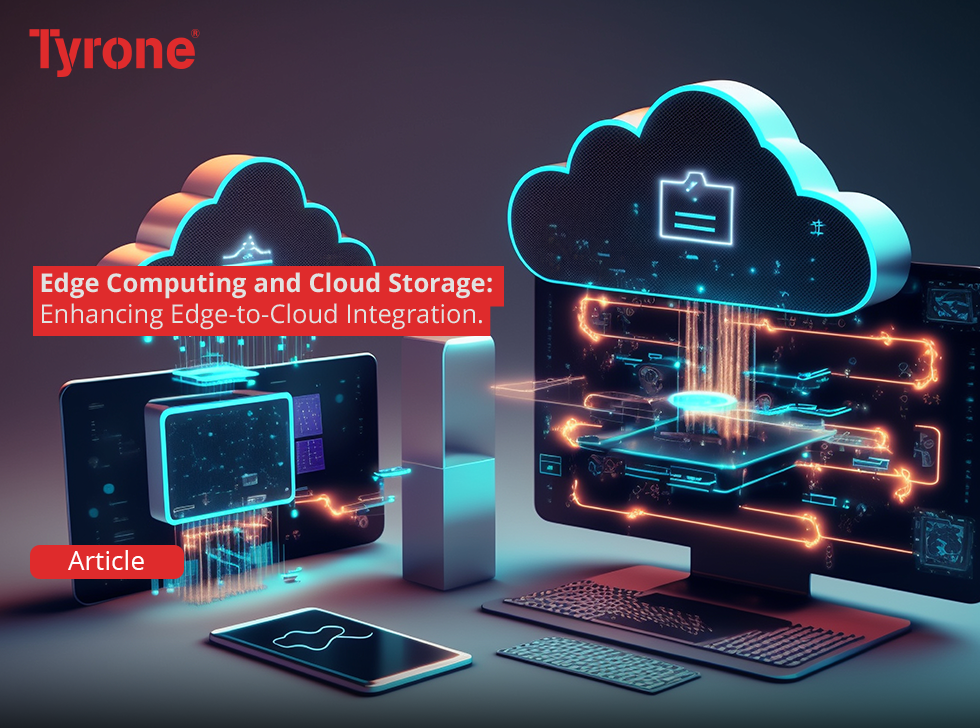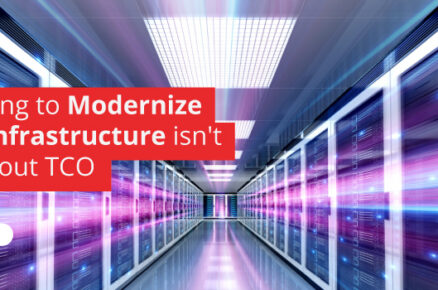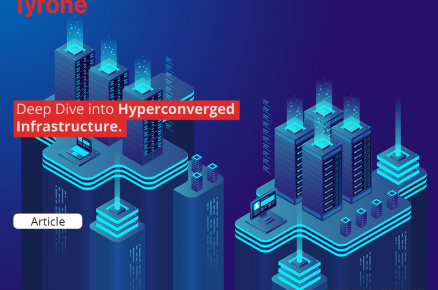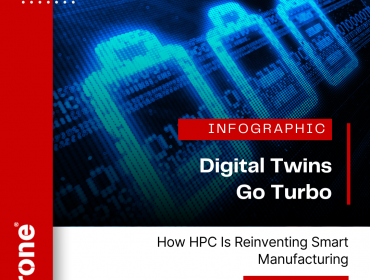Edge computing is a paradigm that brings computation and storage closer to the sources and consumers of data, such as Internet of Things (IoT) devices, sensors, and mobile users. By reducing the latency and bandwidth consumption of data transmission, edge computing can improve the performance, efficiency, and reliability of applications that require real-time or near-real-time processing. Examples of such applications include autonomous vehicles, smart cities, augmented reality, and video analytics.
On the other hand, cloud computing is a paradigm that provides scalable, elastic, and on-demand access to computing and storage resources over the Internet. Cloud computing can offer benefits such as cost reduction, flexibility, scalability, and availability for applications that require large-scale or complex processing. Examples of such applications include big data analytics, machine learning, web services, and content delivery.
However, edge computing and cloud computing are not mutually exclusive. In fact, they can complement each other and form a hybrid architecture that leverages the advantages of both paradigms. This architecture is known as edge-to-cloud integration, which aims to seamlessly connect the edge devices, edge controllers (ECs), and the cloud in a unified platform.
Scenarios which Edge-to-cloud integration can enable
– Data aggregation and filtering: Edge devices can collect and preprocess data from various sources, such as sensors, cameras, or users. They can then filter out irrelevant or redundant data and send only the essential data to the cloud for further analysis or storage. This can reduce the network traffic and storage costs while preserving the data quality and privacy.
– Data caching and synchronization: Edge devices can cache frequently accessed or critical data locally for faster retrieval or offline access. They can also synchronize the cached data with the cloud periodically or on-demand to ensure data consistency and availability across different locations and devices.
– Data offloading and load balancing: Edge devices can offload some of the computation tasks to the cloud when they have insufficient resources or capabilities to handle them locally. They can also balance the workload among different edge devices or ECs to optimize the performance and efficiency of the system.
– Data fusion and collaboration: Edge devices can fuse and share data from different sources or modalities to enhance the data quality and richness. They can also collaborate with other edge devices or ECs to perform distributed or cooperative computation tasks that require coordination or communication.
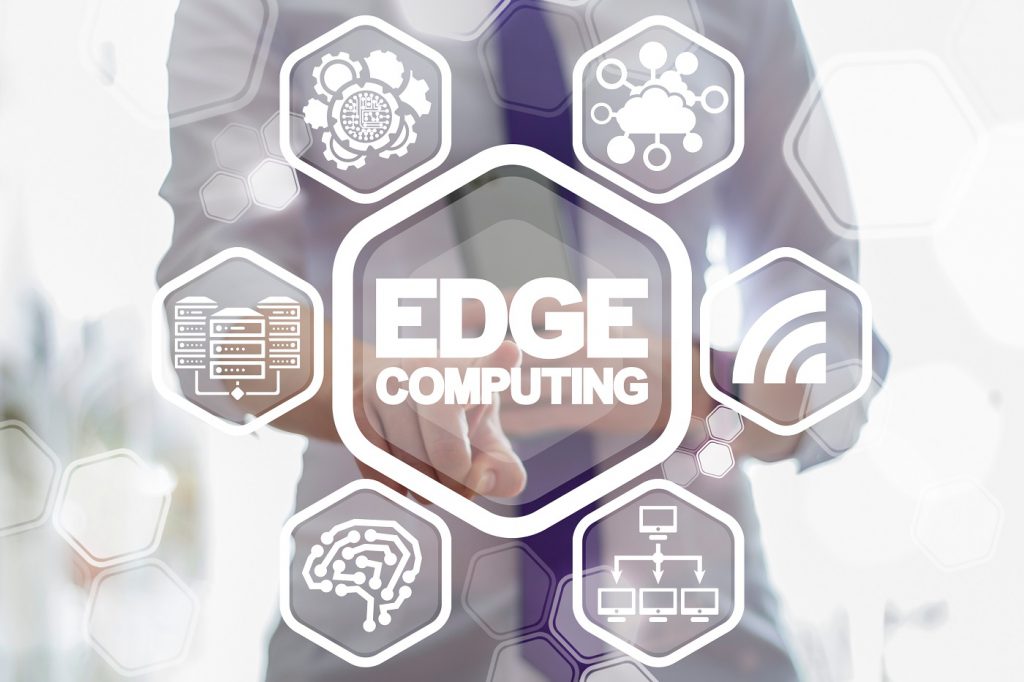
Challenges To achieve edge-to-cloud integration
– Heterogeneity: Edge devices and ECs are diverse in terms of hardware specifications, software platforms, communication protocols, and security mechanisms. This poses difficulties for interoperability, compatibility, and standardization among different components of the system.
– Scalability: The number of edge devices and ECs can be large and dynamic, which requires efficient management, coordination, and orchestration of resources and services across different layers of the system.
– Reliability: Edge devices and ECs are prone to failures, disruptions, or attacks due to their limited resources, mobility, or exposure to harsh environments. This requires fault tolerance, resilience, and security mechanisms to ensure the reliability of the system.
– Quality of service (QoS): Edge devices and ECs have varying QoS requirements in terms of latency, bandwidth, availability, accuracy, etc., depending on the application scenarios and user preferences. This requires QoS-aware scheduling, allocation, and adaptation strategies to meet the QoS requirements of different components of the system.
Several solutions have been proposed to address these challenges, such as:
– Edge-cloud orchestration: This refers to the process of coordinating and managing the resources and services across the edge and cloud layers in a unified manner. Edge-cloud orchestration can enable dynamic provisioning, configuration, deployment, monitoring, optimization, and migration of resources and services according to the system status and user demands.
– Edge-cloud federation: This refers to the process of integrating multiple edge-cloud systems into a larger system that can offer more resources and services to users. Edge-cloud federation can enable resource sharing, service discovery, load balancing, collaboration, etc., among different edge-cloud systems.
– Edge-cloud security: This refers to the process of protecting the data and services from unauthorized access or modification across the edge and cloud layers. Edge-cloud security can involve encryption, authentication, authorization, access control, privacy preservation, etc., at different levels of granularity.
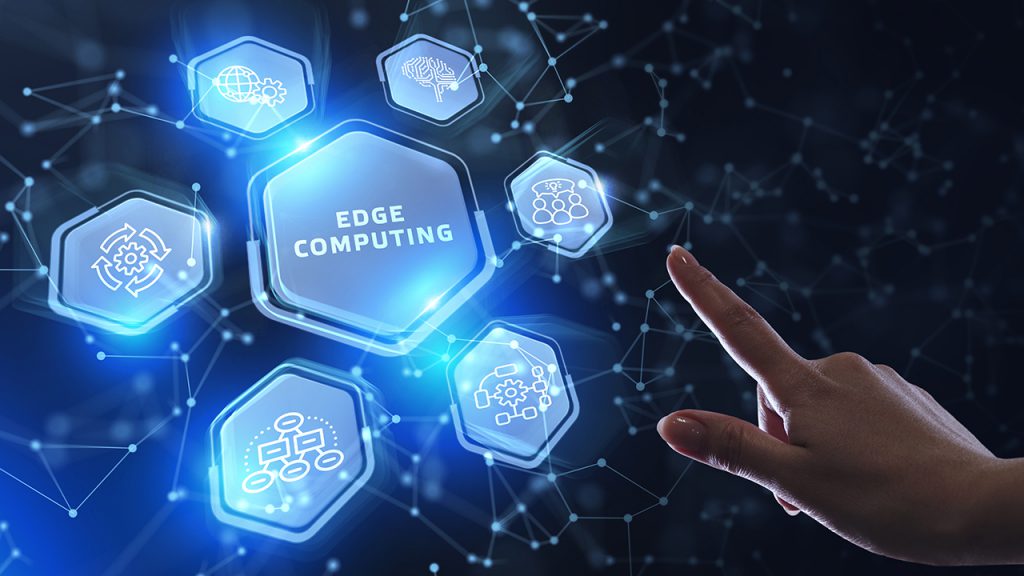
Conclusion
In conclusion, edge computing and cloud computing are two complementary paradigms that can be integrated into a hybrid architecture that offers more benefits than either paradigm alone. Edge-to-cloud integration can enable various scenarios that enhance the performance, efficiency, reliability, scalability, security, etc., of applications that involve large amounts of data generation or consumption at the edge. However, edge-to-cloud integration also faces several challenges that require further research and development to overcome.


